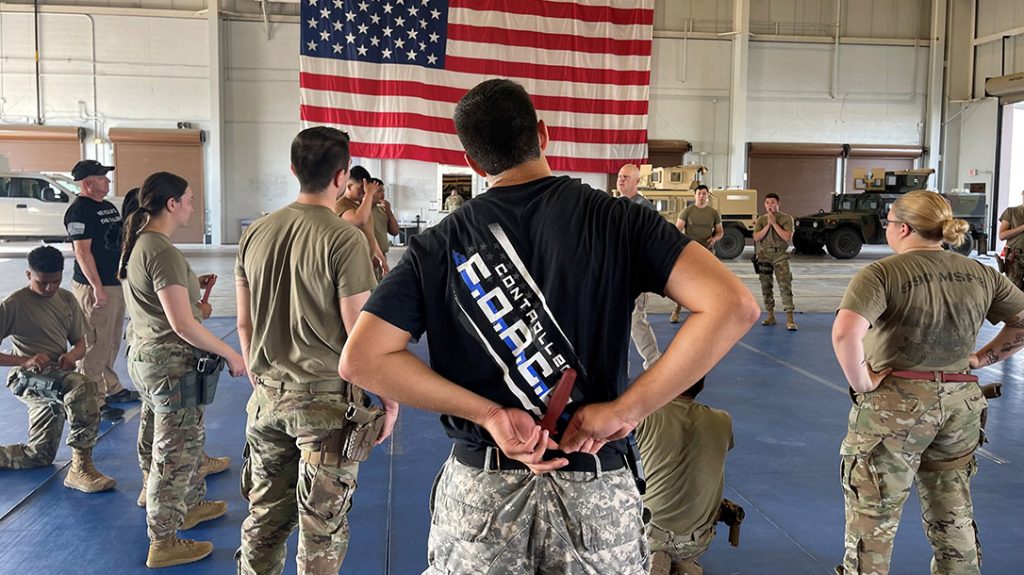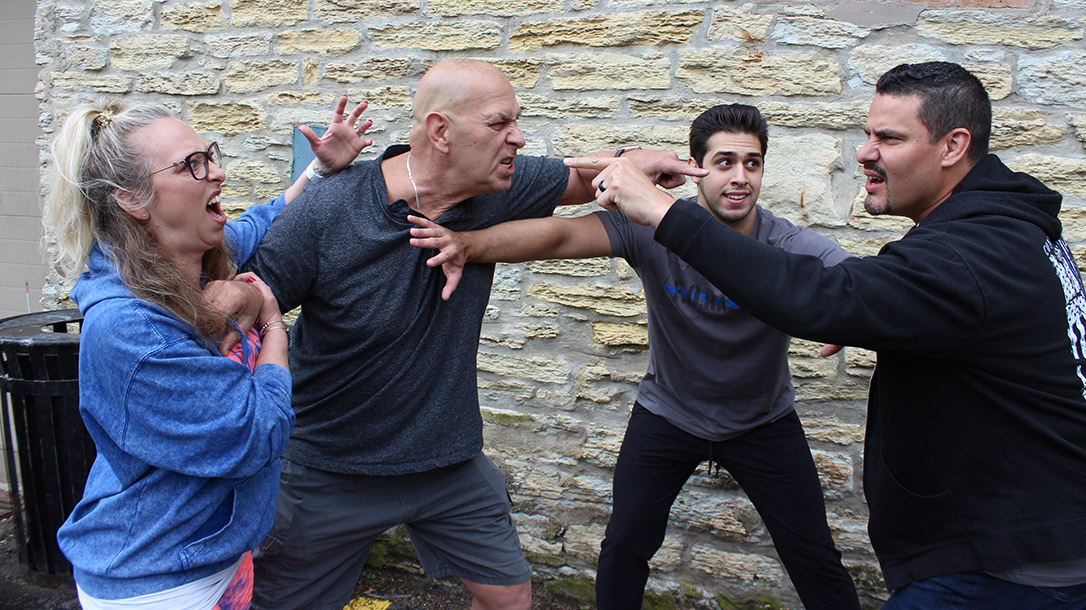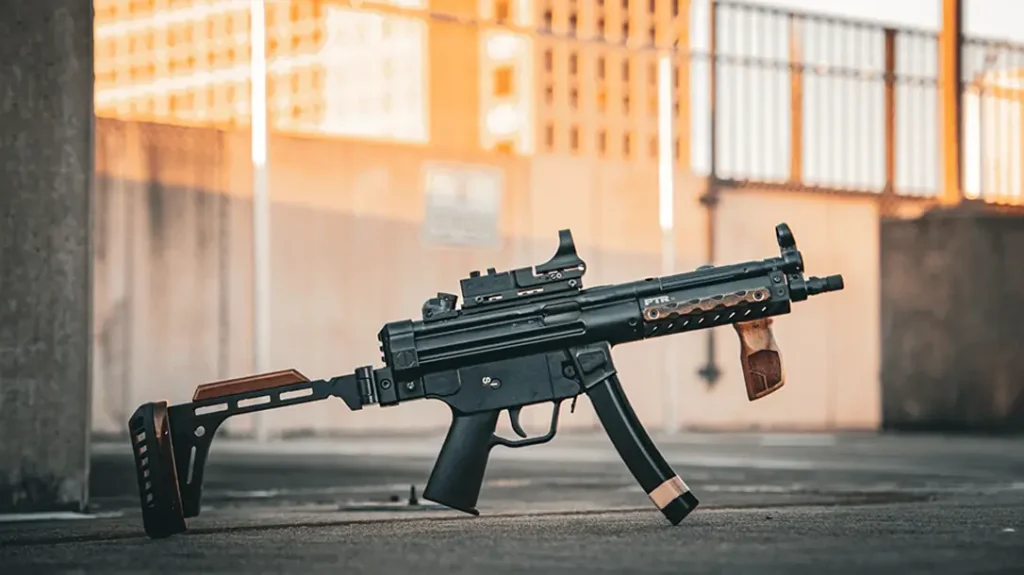No exaggeration, I have been a martial artist since the moment that I could walk. I wasn’t that kid that saw a Bruce Lee movie and decided that I needed to learn how to kick, punch and scream Ki-Yaaaa. No sir, my father owned storefront martial arts studios since 1964. I was born into the family business. However, my journey of learning to control force was not an easy one.
Learning to Control Force
Flashback to our first family school. It was in Chicago’s Chinatown. In fact, it was the first school in Chicago’s Chinatown that was open to the public, including “Non-Chinese” and “Gweilo.”
Somewhere between 1964 and the mid-1970s our chain of family schools grew to 17 locations. Most of the schools were in some pretty tough, seedy, and low-income neighborhoods. As a result, we drew in a lot of troubled youth as students. Several, in turn, grew to be great martial artists themselves. Likewise, many of the same became national and world Karate champions.
Advertisement — Continue Reading Below
I basically grew up in these schools. My earliest martial arts memory was at about three years old running around punching heavy bags while the black belts sparred and punched each other.
Over time, I would officially bow into classes. And those very same black belts would become my babysitters, uncles, and instructors. Inevitably, they ended up punching and kicking me. Not as hard as they would each other of course, but it still sucked.
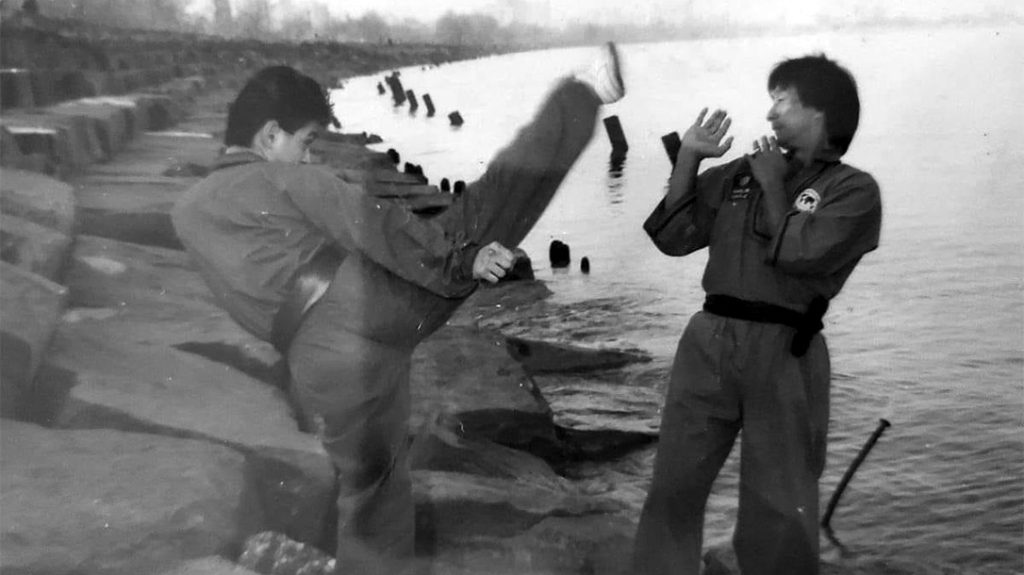
Advertisement — Continue Reading Below
Around the same time, I had lived with my mother in Chicago’s Logan Square neighborhood. In the 1970s-1980s, it was not the gentrified, desirable, and high-demand area that it is today. It was poverty and gang-infested.
Indeed, at the time, Logan Square and Humboldt Park were considered two of the most dangerous neighborhoods that Chicago had to offer. Long story short, I would often get jumped on the front lawn of our apartment building and end up in fights.
An Unsettled Life
My parents split up when I was just two years old. I had lived with my mother who was on welfare in a gang-infested neighborhood. However, my father, who never paid child support, had a chain of successful schools and a huge cash flow. I became angry, resentful, and started to rebel.
Advertisement — Continue Reading Below
One day, due to gang threats from the Latin Kings to myself, my mother, and my sister, my mom packed us up in the middle of the night and moved us to an old family farm, dead smack in the mountains in San Lorenzo, Puerto Rico. That was the move that probably saved my life and kept me from becoming a gang statistic.
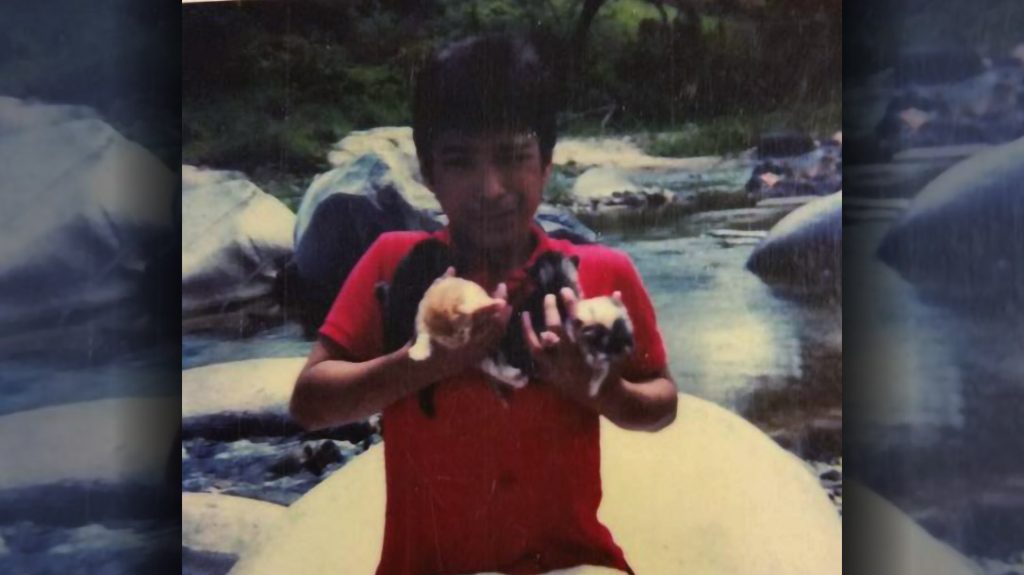
I would move back to what Puerto Ricans refer to as “The States” about two years later. I ended up living with my father, his new wife—who was 10 years my elder—and my brother, in a town called Norridge. The population there was mainly Italian and Polish, and I found a new challenge—Racism.
Advertisement — Continue Reading Below
Being called a “spic” and having to deal with literal threats of “being hung from a tree” was more than any 8th grader should ever have to endure. For me, it was just more fuel in the anger-filled-fire pit.
At this point in my life, it would have been easy to justify abusing the combative skills that I was learning, whenever I felt that someone had “crossed the line.”
Working With Uncontrollable Rage
I started this article with personal stories of growing up with hardship because we all have those stories. Stories of neglectful or abusive parents or the neighborhood bully. These hardships can in many cases develop into having “anger issues.”
Advertisement — Continue Reading Below
We hear examples of this every day. A kid is bullied all through high school, grows up to become a Police Officer, and becomes a bully himself. The same officer gets into an altercation with a suspect and in an unfortunate moment of rage uses excessive force.
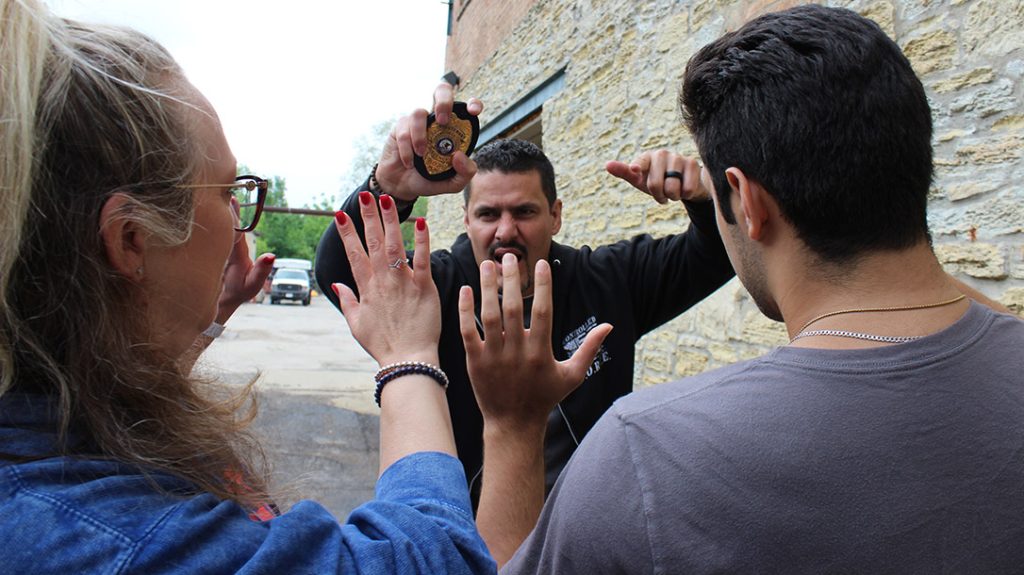
A solid argument can be made that an officer with anger/rage issues is not fit for duty. But what if that officer was just having a bad day? What if it wasn’t an anger issue at all? What if it was just a lack of proper training?
Advertisement — Continue Reading Below
Could he be taught the skills required to control a subject who is actively resisting, fighting, and being verbally abusive without harming the subject or himself? How does he control his temper and emotions when dealing with this subject during an adrenaline dump?
Keeping It Under Control
I agree that an officer wouldn’t be fit for duty until they can keep their anger and personal demons under control. There is no place in any department for an officer who “spartan kicks” a subject in the face simply because he refused to comply with the officer’s request to identify himself.
The point is, no matter what hardship(s) you may or may not have grown up with, if you are currently an adult, it is your sole responsibility to be able to control your emotions. Especially if you choose a career in law enforcement.
Advertisement — Continue Reading Below
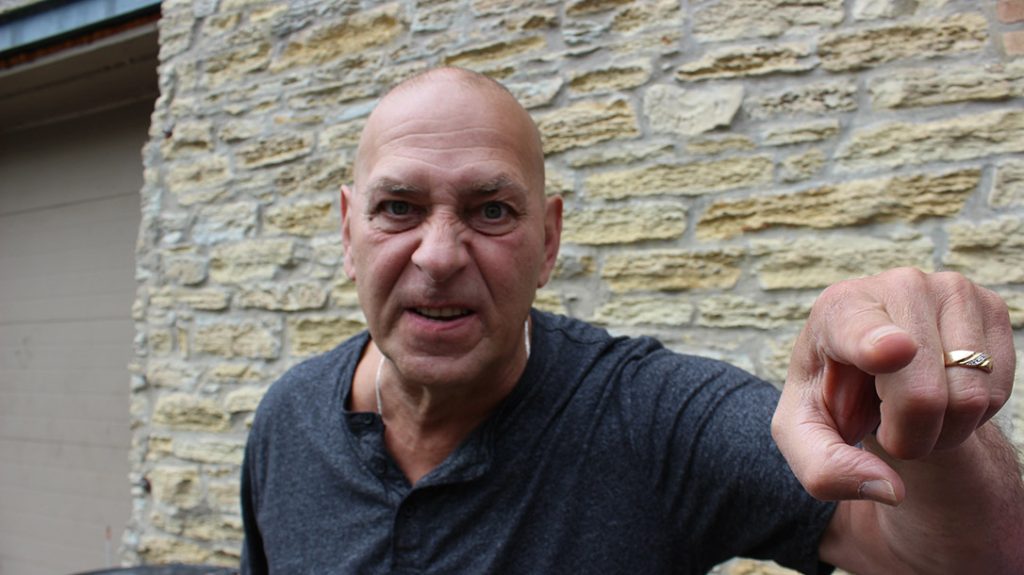
But even if you aren’t a cop, punching everybody that annoys you in the mouth will eventually land you in jail or worse.
Learning self-control is easier said than done; it comes with time, age and experience. An even harder task can be learning how to work on the receiving end of a person’s uncontrollable rage.
Advertisement — Continue Reading Below
All Martial Arts Can Become Complicated When It’s Your Job Description to Physically Control Someone Else Without Injury
Ok, here is where it gets tricky for everyone. I began this article by talking about how I was raised in martial arts schools and have trained my entire life. Here’s the thing, not all those skills easily transfer into the real world.
Let’s be clear, I work for an LEO and Military training company and speak with departmental defensive tactics instructors all the time.
A lot of department heads will say things that are contradictory to their point. For example, some have conveyed that they need something that is specifically designed with officer safety tactics in mind. And then they turn around and say that their in-house instructor is a 5th-degree black belt in Shotokan Karate.
While it’s an effective fighting system, it’s filled with techniques that an officer cannot use daily on the job.
Picking the Right System
I recently got into an interesting conversation with a Sergeant about how programs like ours can be complicated and difficult. However, he is looking for something that was “simple and easy to learn and perform under stress,” like Brazilian Jiu-Jitsu.
I asked him if he has ever watched two “BJJ” black belts compete in something like NAGA, where it can become as complicated as an advanced chess game. I let him know that I have endless respect for Brazilian Jiu-Jitsu and personally feel that it is the most refined and effective form of ground fighting developed today. But it is not the end all be all.
By the end of our conversation, we both agreed that every martial art system or style available through a department’s defensive tactics program is simply a tool on a belt. Likewise, we agreed that logic dictates that an officer needs as many tools as he/she can get.
It Has to Work for Everyone
The truth of the matter is, that a 5’2”, 130-pound female officer is going to have a hard time taking down a 6’2”, 220-pound male with an armbar. And the hard truth is that she has no business trying to tackle and wrestle someone twice her size. There is a simple reason that weight divisions exist in every single combat sport—size and strength matter.
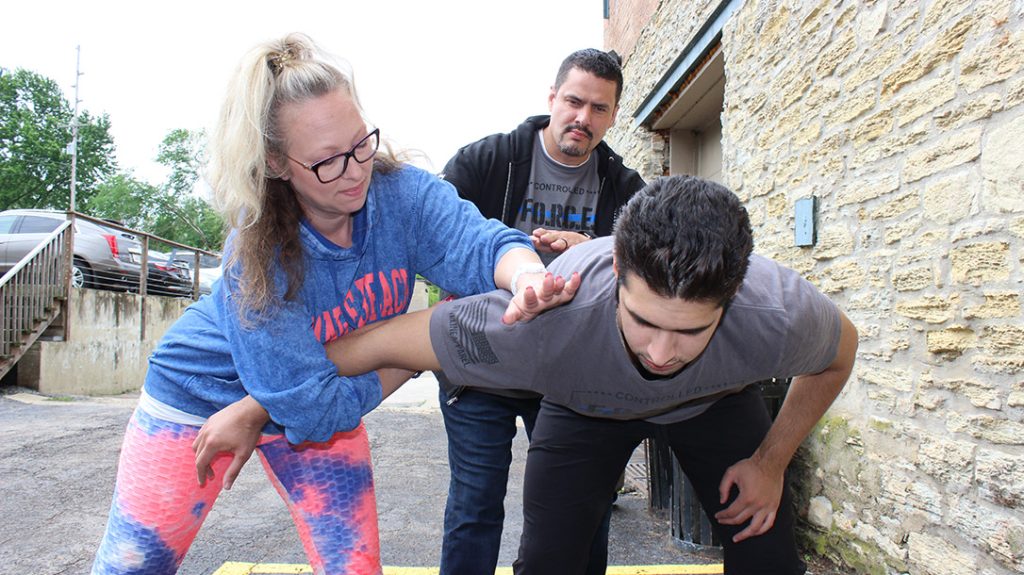
In this example, the winning answer for the smaller female officer would be disengagement and waiting for backup. Or just get back into her patrol car.
There is no rule in any training manual that dictates an officer must overpower and control a suspect that they cannot physically handle alone. But if that officer is cornered and finds that he/she has no other option but to go hands-on, every bit of defensive tactics training that they have in their toolbox can save their, or the suspect’s, life.
It’s all about having numerous effective tools available to help win the fight that tends to happen suddenly.
Be the student, but don’t empty your overflowing cup of knowledge and experience. Get yourself a 55-gallon drum and dump your cup in. Then, build on the skills that you have worked hard to gain, like an endless Lego set.
Get to training and build something great.
